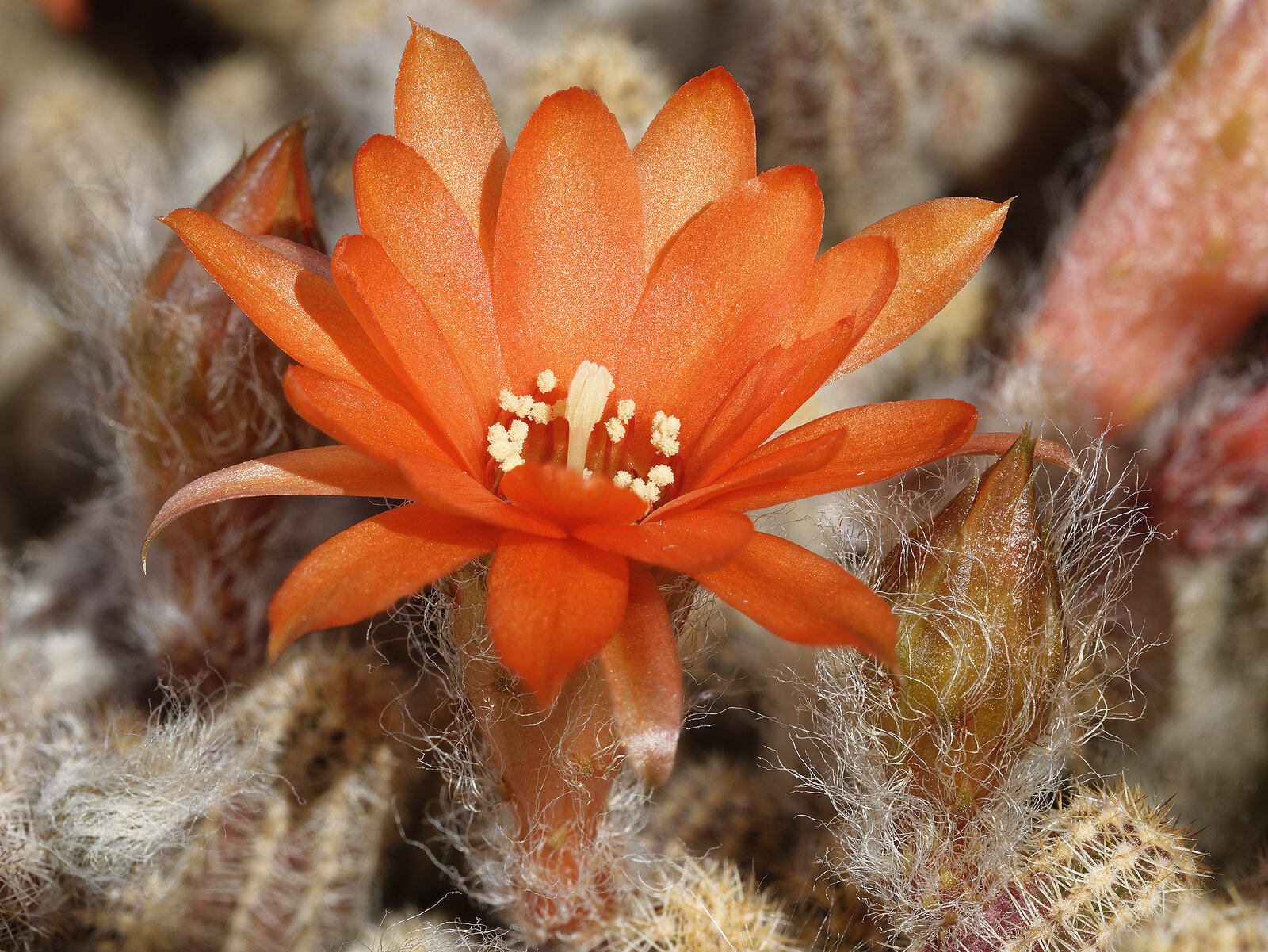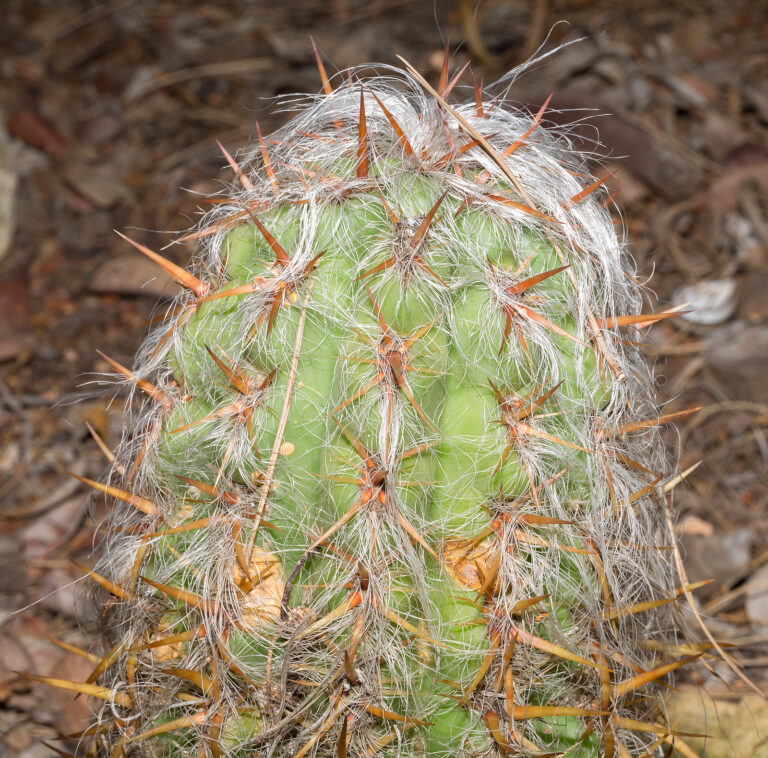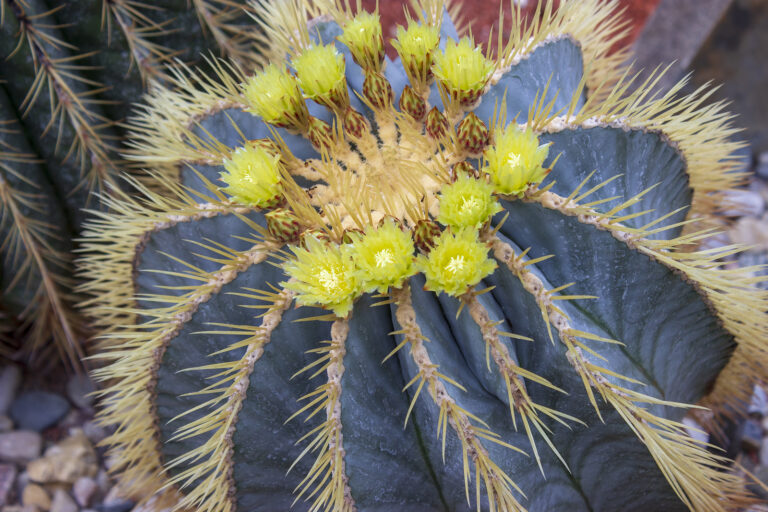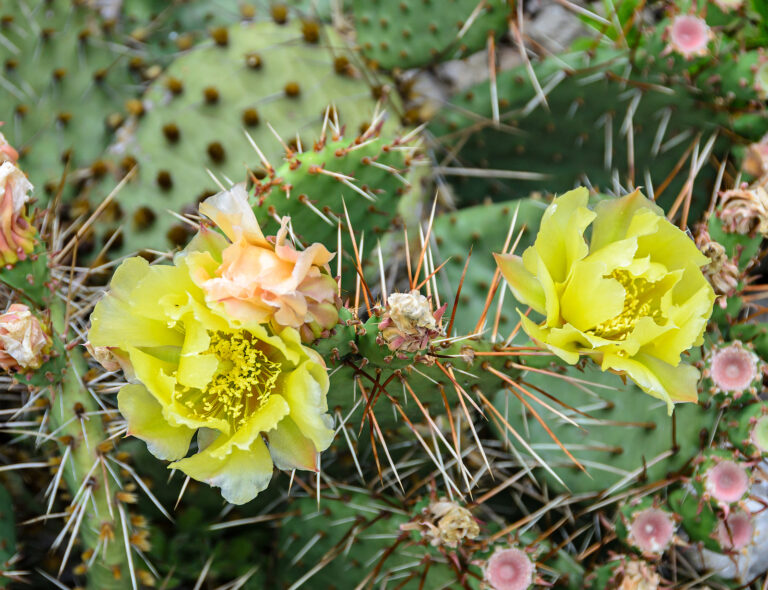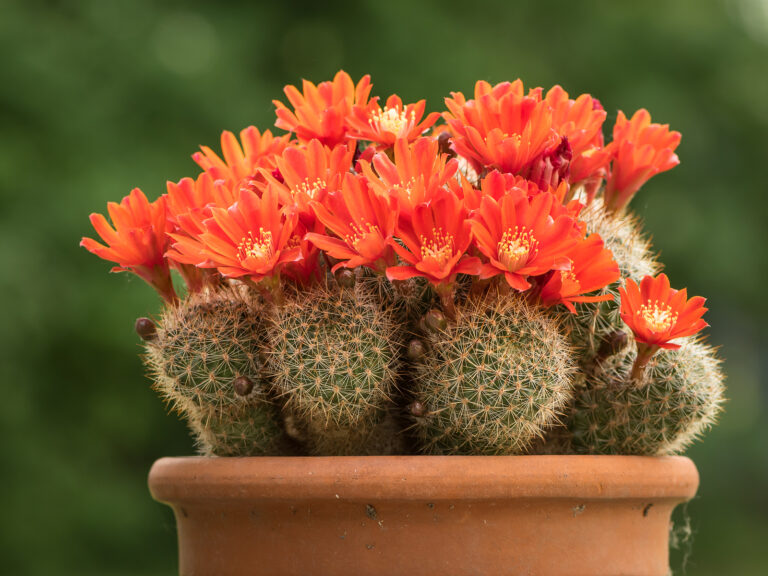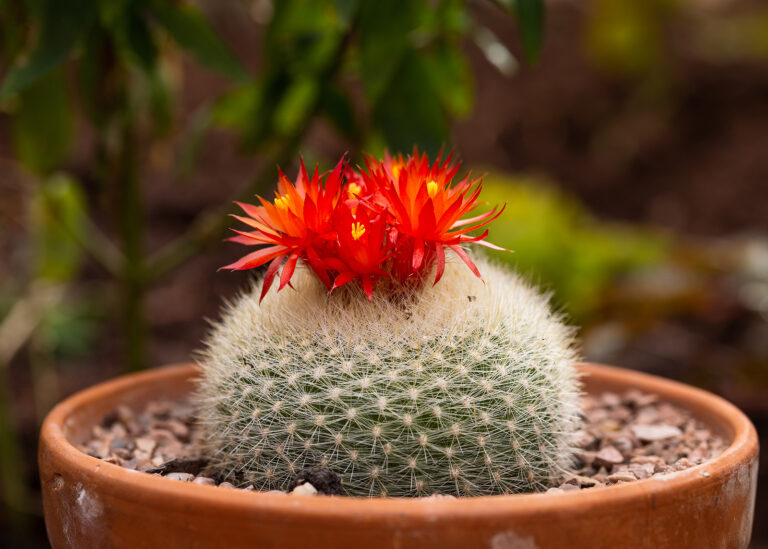How to Grow Chamaecerus – Peanut Cactus
Chamaecerus is a low-growing cactus that is cylindrical, ribbed, and spiny. It is often grown indoors for its abundance of bright-red blossoms.
Chamaecereus has short branch joints from its base that produce a clumping, fingerlike effect. Flowers appear when this cactus is quite young making it one of the most popular of all cacti.
Chamaecereus is often hybridized. It is often crossed with Lobivias, however, there is only one true species of Chamaecereus.
Get to know Chamaecerus
- Plant type: Echinocereanae, peanut cactus
- Hardiness temperature: 25℉ (-3.9℃)
- Shape and size: Grows to 12 inches (30cm) tall
- Flowers: Showy bright scarlet flowers
- Bloom time: Spring and summer
- Common name: Peanut cactus
- Genus name: Chamaecerus
- Family name: Cactaceae
- Origin: Andes of Argentinia
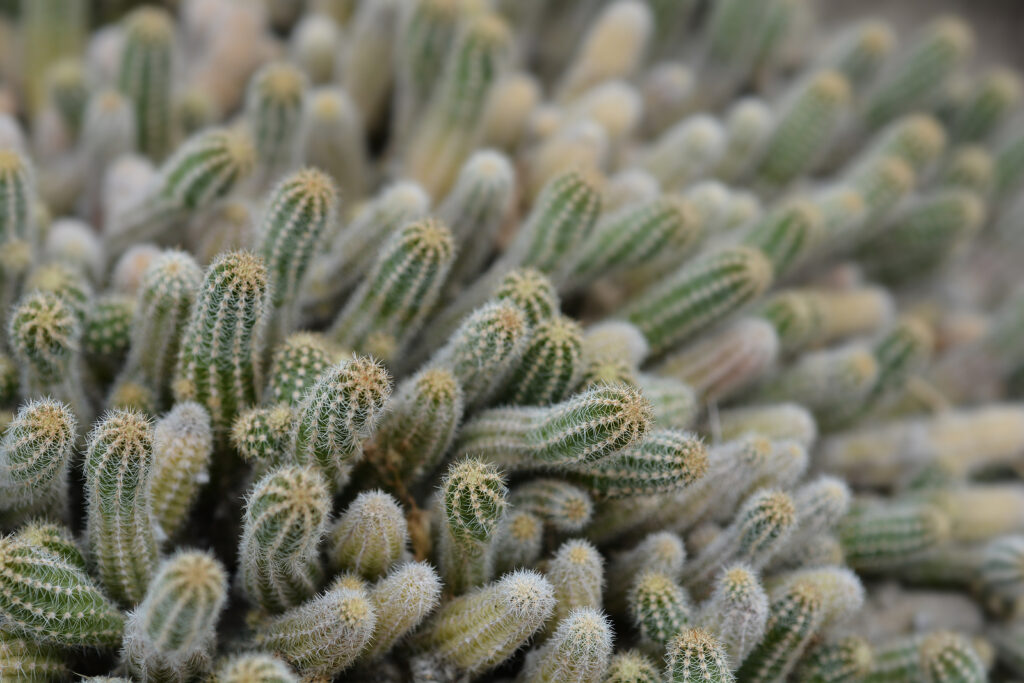
Planting Chamaecereus
- Soil should be slightly acidic and rich in humus; use a cactus mix or mix perlite with a humus-based potting soil.
How to water and feed Chamaecerus
- Give Chamaecerus regular water during warm weather.
- Feed Chamaecereus with a cactus fertilizer regularly during the growing season.
Chamaecereus care
- Chamaecerecus is susceptible to attack by spider mites.
- Propagate Chamaecereus with shoots.
- Chamaecerus needs a dry winter period above 32℉ (0℃) in an unheated hot bed or greenhouse; this is important for spring flowering.
Chamaecereus species to grow
- Chamaecerus sylvestrii (peanut cactus). Dense clusters of short, pale green branches are covered with small, white spines. Funnel-shaped blooms are bright red, up to 3 inches long, and appear on stout stems.

